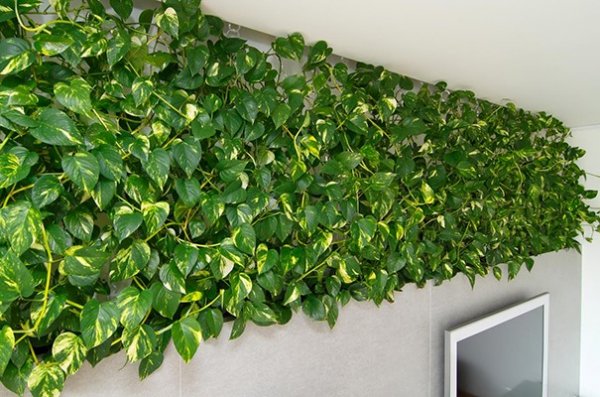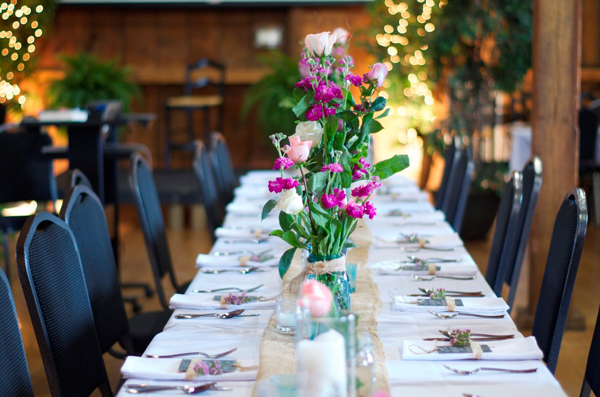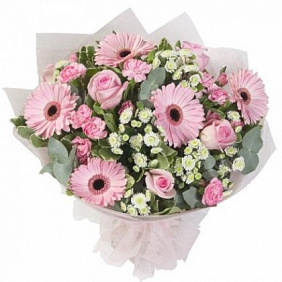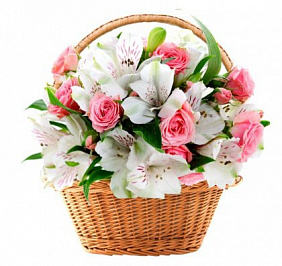resulting composition
Begonia
 The birthplace of this plant is South America, Asia, Africa and the islands of the Malay archipelago. Currently, more than 2000 garden forms obtained through selection are known. Begonias were discovered in the 17th century by the naturalist Charles Plumier during an expedition to the Antilles and named after the governor of San Domingo, Michel Begon (1630-1710).
The birthplace of this plant is South America, Asia, Africa and the islands of the Malay archipelago. Currently, more than 2000 garden forms obtained through selection are known. Begonias were discovered in the 17th century by the naturalist Charles Plumier during an expedition to the Antilles and named after the governor of San Domingo, Michel Begon (1630-1710).
Begonias are a large and rather popular group of houseplants.
Begonias differ in the nature of growth: from bushy, up to 5 m high with lignified shoots to grassy, ground cover, with creeping, creeping and drooping shoots. Begonia leaves are diverse in shape, size and color: from simple, asymmetric or round, to complex, consisting of 5-10 leaves: from small, one or two kopek coins, to large, the size of a large burdock.
The edges of the leaves are whole, serrate, deeply dissected, in some species decorated with double or triple fringe. Continue reading
Anthurium
 The birthplace of Anthurium is the tropics of South America. Among a huge number of representatives of the genus there are epiphytes, vines and herbaceous plants.
The birthplace of Anthurium is the tropics of South America. Among a huge number of representatives of the genus there are epiphytes, vines and herbaceous plants.
Anthurium inflorescence is an ear wrapped in a brightly colored leaf. Anthuriums bloom for a long time. Sometimes up to 3 months. The plant blooms indoors mainly during the summer, but some types of anthurium can bloom most of the year, provided that they are kept at a temperature of 22-25 ° C.
The unique appearance of a houseplant emphasizes the sophistication of interiors made in the styles of past eras: Art Nouveau, Baroque, Empire style.
Temperature mode
Anthurium is a heat-loving plant, so it needs a high air temperature. In summer, it should not fall below 20-27 ° C, in winter – not lower than 15-17 ° C Continue reading
LEGENDS AND INTERESTING HISTORICAL FACTS ABOUT FLOWERS
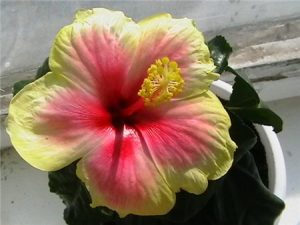 One of the ancient Greek legends is dedicated to the mysterious origin of violet flowers. The beautiful Apollo – the sun god – entertained himself by chasing a pretty young nymph – the daughter of Atlas with the hot rays of the sun.
One of the ancient Greek legends is dedicated to the mysterious origin of violet flowers. The beautiful Apollo – the sun god – entertained himself by chasing a pretty young nymph – the daughter of Atlas with the hot rays of the sun.
The poor thing, exhausted by the mercilessly scorching sun, prayed for help to the most formidable and powerful of the gods Zeus. Feeling sympathy, Zeus turned it into a violet and hid it from the sun in his possessions – in the shade of shrubs in the middle of the forest. Hid from the eyes of others, left only to admire himself. Until one day, the daughter of Zeus Proserpine went for a walk in the forest. Finding lovely flowers, Proserpina plucked a bouquet, and on her way back she was stolen by the crafty Pluto. With fear, Proserpine dropped the bouquet, and violets scattered from divine heaven on sinful human earth. Continue reading
